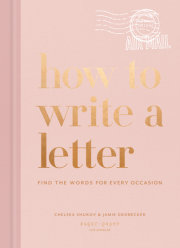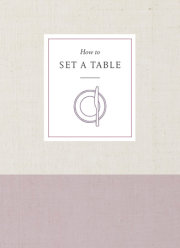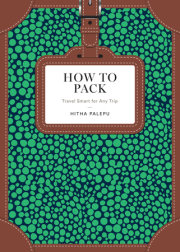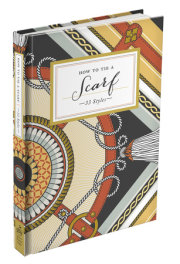IntroductionAllow me to join your chorus of well-wishers and say, “Congratulations!” You’re getting married—actually, let me rephrase that—you’re having a wedding! The two are often said interchangeably, but let’s be real. You can of course get married and not have a wedding, but you’re here because you’re going for it. The whole enchilada.
I started working in the wedding industry driven largely by a love of watching
Say Yes to the Dress and fond memories of helping my eldest sister plan her wedding. In the years since, I’ve answered burning etiquette questions, attended bridal fashion shows, learned the difference between tea roses and garden roses, and coordinated a live streamed, crowd sourced real wedding that tens of thousands of people tuned in to witness. I have talked to hundreds of people about their weddings, found out just how much people in the wedding party spend, interviewed wedding-cake trendsetter Ron Ben-Israel, and toured Kleinfeld Bridal, all with a clear mission in mind: to dismantle dusty, impractical traditions and long-held assumptions about weddings.
I’ve also written a guide to planning a wedding for the
New York Times, and, yes, helped many friends and family members get married. Now, I’m going to give you the same advice that I give them. I can’t promise you that your planning process will be free of drama or stress, but I
am going to help you make decisions, put everything into context, and remember why you’re doing this in the first place.
Very few things are sacred and must be upheld for something to be considered a wedding (although food, drinks, and all the people you love in one place certainly don’t hurt). I’m not here to make assumptions about who you are or what matters to you, but I will remind you that a wedding is whatever you want it to be, and you might be shocked to learn how many things you can just say “nah” to.
How to Use This BookI’ve laid out everything you need to do on a 12-month timeline, but you can condense or expand the timeline as needed depending on your pace. I’ve broken up important tasks so you’re never doing more than five per month (and there’s always one that’ll make you say, “YAY, this is happening!”).
Regardless, think of the chapters as “chunks” that are arranged in an order that allows you to fill out the framework of a wedding from big (date! location!) at the start of the timeline to smaller (DIYs! tastings!) as you get closer to your wedding. The guide will be here for you when you find yourself asking, “Do I really need to do that now?” or “Why can’t I just book my dream photographer on my dream wedding date even if I don’t have a venue?”
Bring this guide with you to every appointment and event—you can even sleep with it under your pillow (remember, I’m not here to judge). There will be spaces for you to jot down notes, flag what you like, and fill in helpful activities, so if you’re someone who likes scribbling things in books, then welcome. Not your thing? Take notes elsewhere! It’s your book (and your wedding!), so do whatever feels right.
As you go, remember that weddings are steeped in so-called tradition. Largely, that tradition is what’s propagated through movies, TV shows, and other media, and that is largely white, cishet, and stems mostly from the 1950s and ’60s.* Not all weddings are like this, but for many (read: most!) people, a “traditional” wedding is: bride and groom, bridesmaids and groomsmen, paid for by the bride’s parents, church ceremony, bouquet toss, cake cutting, father/daughter dance, and so on. None of this is bad, and if some or all of these traditions are appealing or applicable to you, that is sincerely wonderful! I will refer to certain things as “traditional,” but that doesn’t mean that I’m suggesting these things are inherently good or bad. Instead, think of the suggestions as cues for what’s optional, despite what you may have previously thought. My use of “traditional” is to point out things that seem mandatory, explain why that is, and then tell you what you can do instead. As Meg Keene suggests in
A Practical Wedding, the traditions that you should consider are the ones that mean something to you or your family. And if you get to the end of this book and think,
Hey, she didn’t even mention the garter toss, know that that is absolutely intentional.
Most important, remember that no matter how prepared you are, it’s hard to make everyone happy—even you and your spouse! You’ll spend a lot of this time walking the fine line between what you want and what you can afford. But anything is possible! You know this better than anyone—you’ve found someone you want to hitch your wagon to for the rest of your life. If you ask me, that’s pretty dang special and certainly something worth celebrating. So let’s get started.
Copyright © 2023 by Terri Pous. All rights reserved. No part of this excerpt may be reproduced or reprinted without permission in writing from the publisher.





















